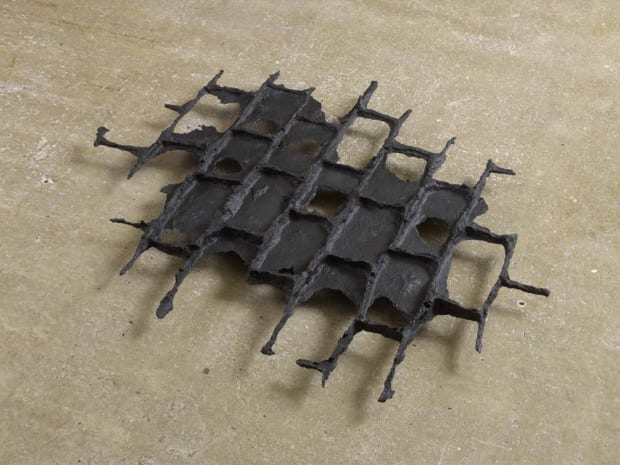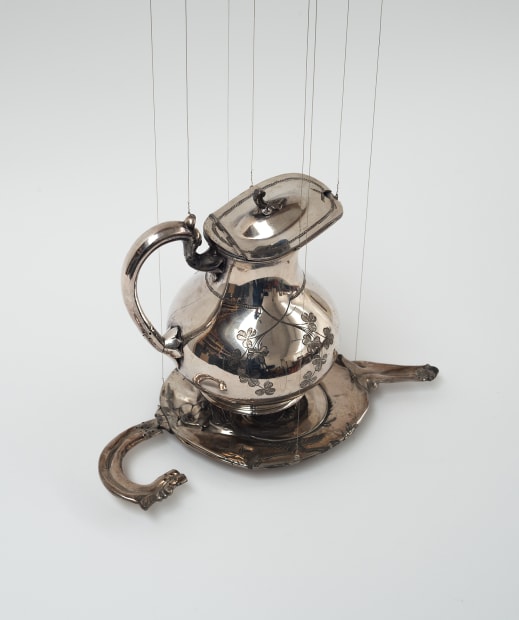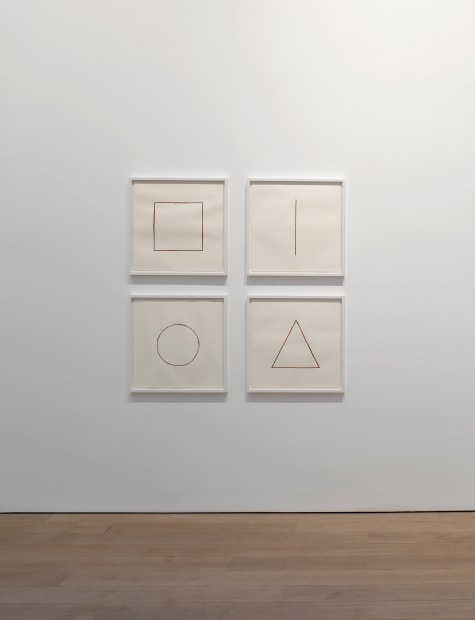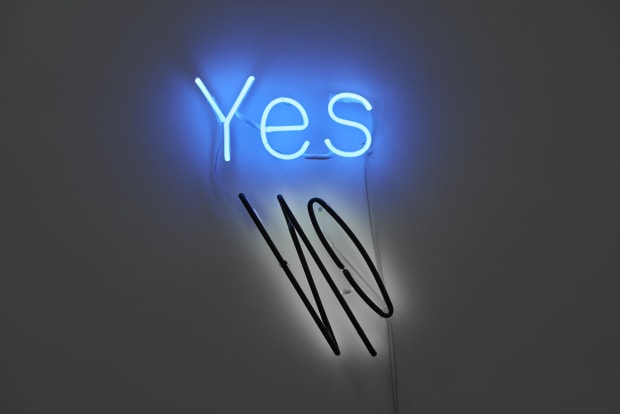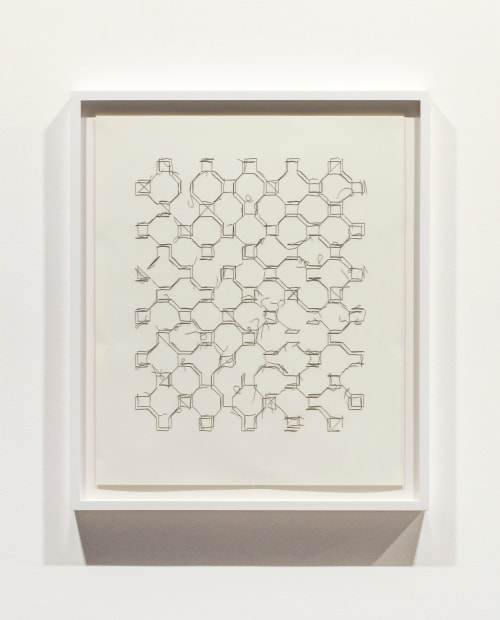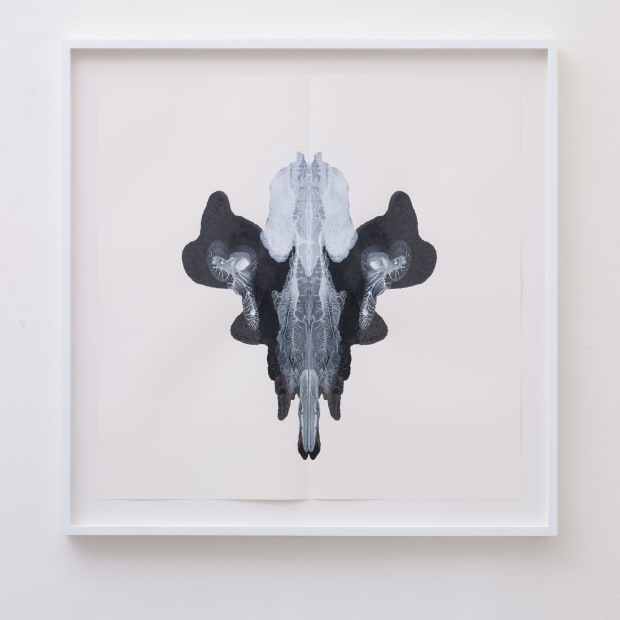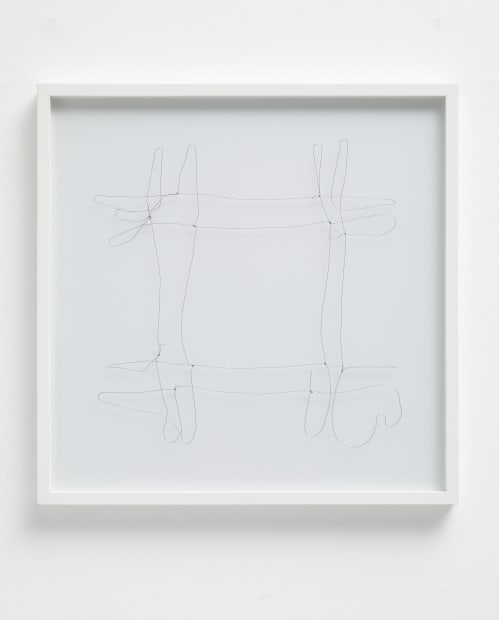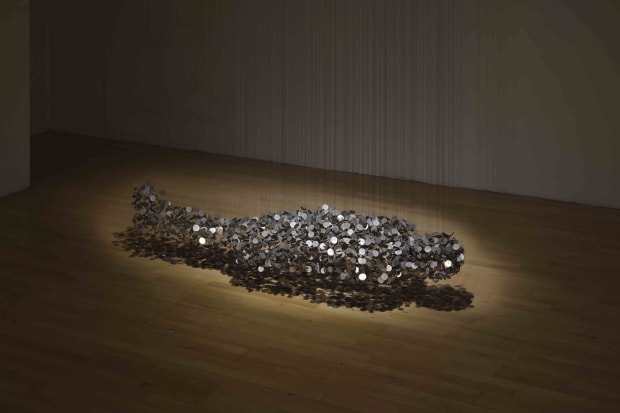Cornelia Parker: a viewing room
-
-
In celebration of Cornelia Parker's recent presentation at Tate Britain (19 May–16 October 2022), Frith Street Gallery is pleased to present a selection of works from across the artist’s oeuvre.
The presentation is open by appointment at Frith Street Gallery, Soho Square. Please contact the gallery for information.
-

-

-
'Suspension feels like I feel, that we’re just skimming the surface of the world. Our feet are making contact with it, but it’s a battle with gravity, it’ll swallow you up when you die.'
– Cornelia Parker
-

-

-

-

-
‘I love the grid and I love minimalism. My work is like maximalism with minimal means, charting the territory in between.’
– Cornelia Parker
-

-

-

-

-

-
-
-


